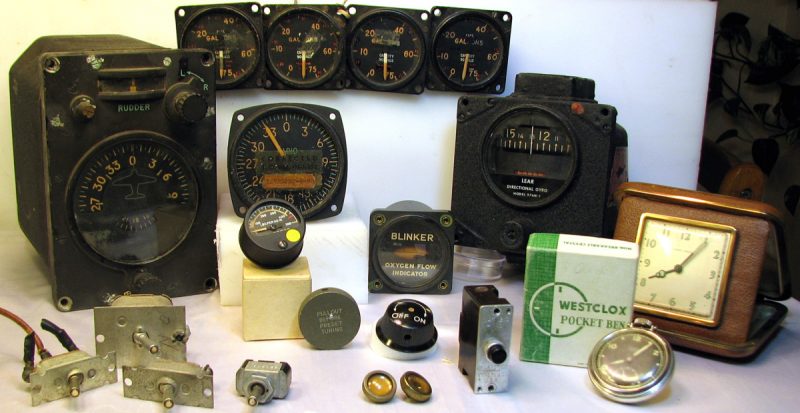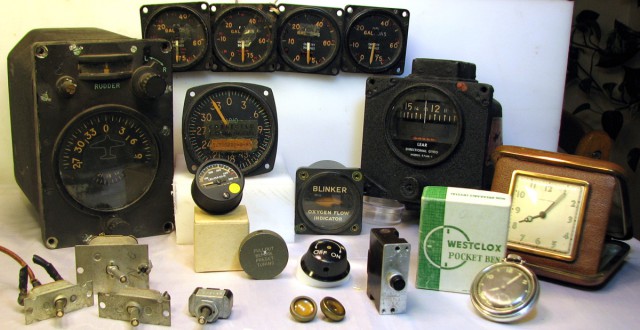Parts with radioactive material from WWII planes
An examination of a quarry is going to take place amid concerns that the quarry may be contaminated with radioactive materials. This radioactivity is being connected with the burial of a large number of aircraft after the end of the Second World War.
It is believed that the former quarry, known as Kingsteps Quarry, in Nairn, contains some parts of planes used during the War which were painted with radioactive paint.
The site is owned by Highland Council, and officials at the council have said that there is no hard evidence that the quarry is really contaminated. The council affirmed that the tests would take place, out of safety concerns. However, the council admitted that most of the information it has about the burial of the radioactive parts from planes is ‘word of mouth’.
The theory is that more than a thousand aircraft with radioactive paint on them were broken into many pieces and then buried near the quarry. This is a significant number and surely a thorough examination of the quarry will make things much clearer in terms of the presence of radioactivity. Some of the bombers that are believed to have been buried near the quarry are ‘Armstrong Whitworth Whitley’ bombers, which flew from the site during the Second World War.
The director of community services at Highland Council, Mr William Gilfillan, said that the tests they are going to carry out are of precautionary nature. He added that these tests would determine if the theory of the contamination has any truth in it. He also confirmed that there is no documentary evidence regarding the deposit of a large number of radioactive planes in the quarry, but word of mouth alone has led to a variety of theories, the BBC News reports.
Authorities have affirmed that public safety is their primary concern and the outcome of the tests will determine the nature of any future measures. Local residents are not fully satisfied with the level of attention that Highland Council is giving to the area. They stress that the authorities should do more in order to ensure the safety of the local community. Mr Gilfillan has taken into consideration the concerns of the local community and has assured them that the council will do everything in its power to conduct a thorough survey of the site. He also stressed that these surveys and tests are highly crucial for the future of the quarry, as the presence or the absence of the radioactive material will help shape the future of the quarry site and the local community.
The presence of significant wartime remains has been confirmed in and around the site by experts and local people. In March 2012, the remains of two mortar bombs were discovered on the East Beach of Nairn. A bomb disposal squad was called to the scene, which safely removed the bombs from the beach. These beaches were extensively used by the Allied forces to train the troops for the Normandy Invasion in June 1944.
Image courtesy of Special Nuclear Material

